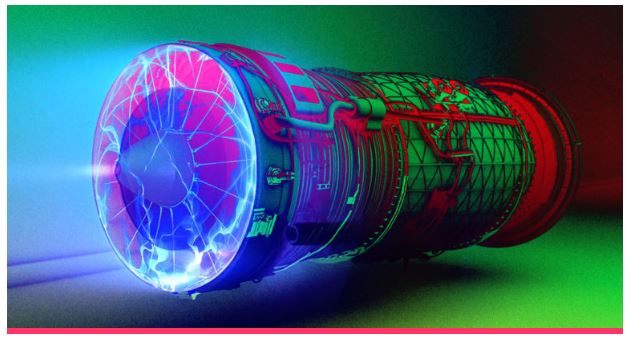Professor at Wuhan University named Jau Tang was hard at work piecing together a thruster prototype that, at first, sounds too good to be true.
The basic idea, he said in an interview, is that his device turns electricity directly into thrust — no fossil fuels required — by using microwaves to energize compressed air into a plasma state and shooting it out like a jet. Tang suggested, without a hint of self-aggrandizement, that it could likely be scaled up enough to fly large commercial passenger planes. Eventually, he says, it might even power spaceships.
Needless to say, these are grandiose claims. A thruster that doesn’t require tanks of fuel sounds suspiciously like science fiction — like the jets on Iron Man’s suit in the Marvel movies, for instance, or the thrusters that allow Doc Brown’s DeLorean to fly in “Back to the Future.”
“Essentially, the goal of this technology is to try and use electricity and air to replace gasoline,” he said. “Global warming is a major threat to human civilization. Fossil fuel-free technology using microwave air plasma could be a solution.”
Tang’s curriculum vitae flits between a dazzling array of strikingly disparate academic topics, from 4D electron microscopy to quantum dot lasers, nanotechnology, artificial photosynthesis, and, of course, phase transitions and plasmonics.

